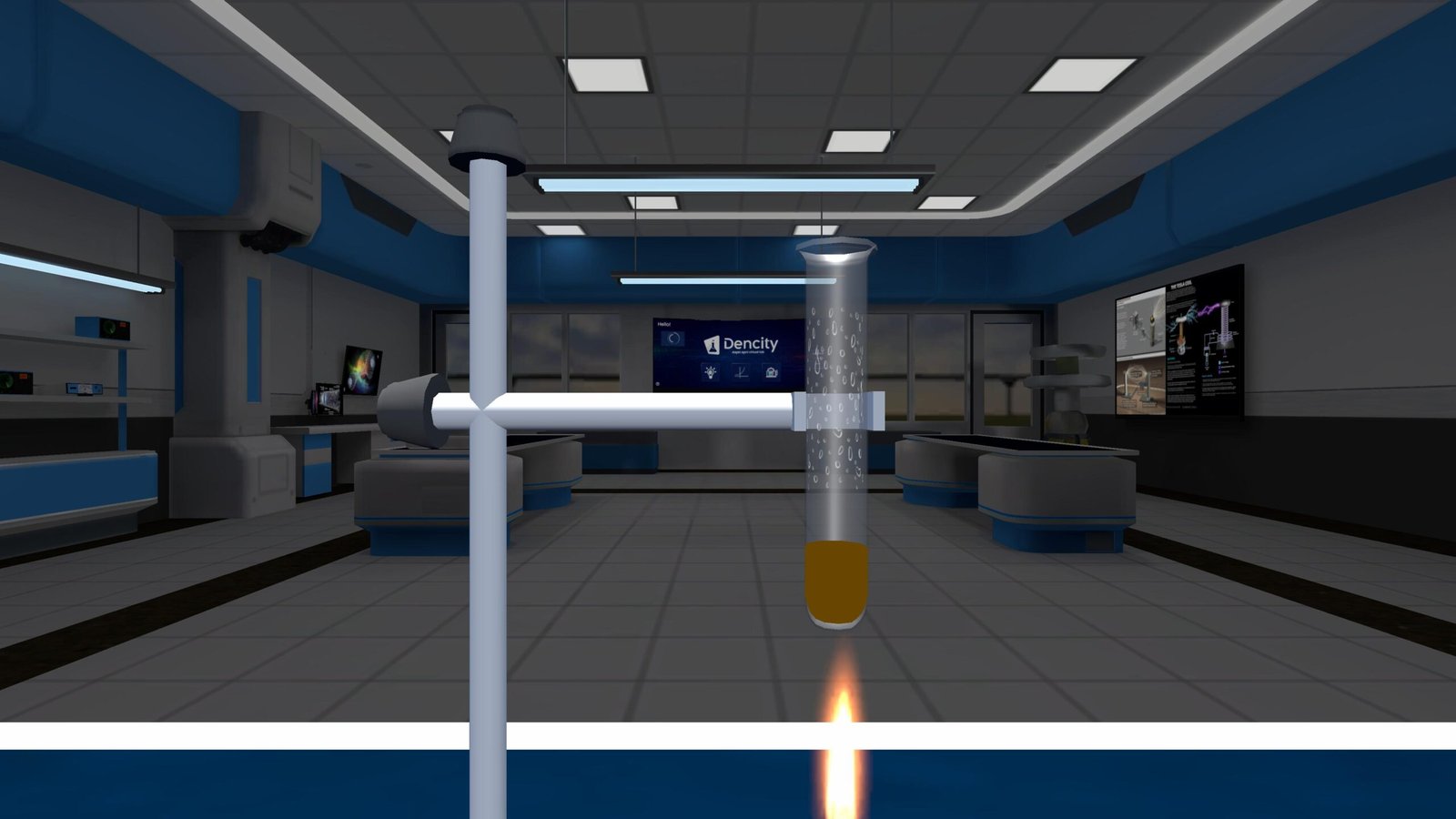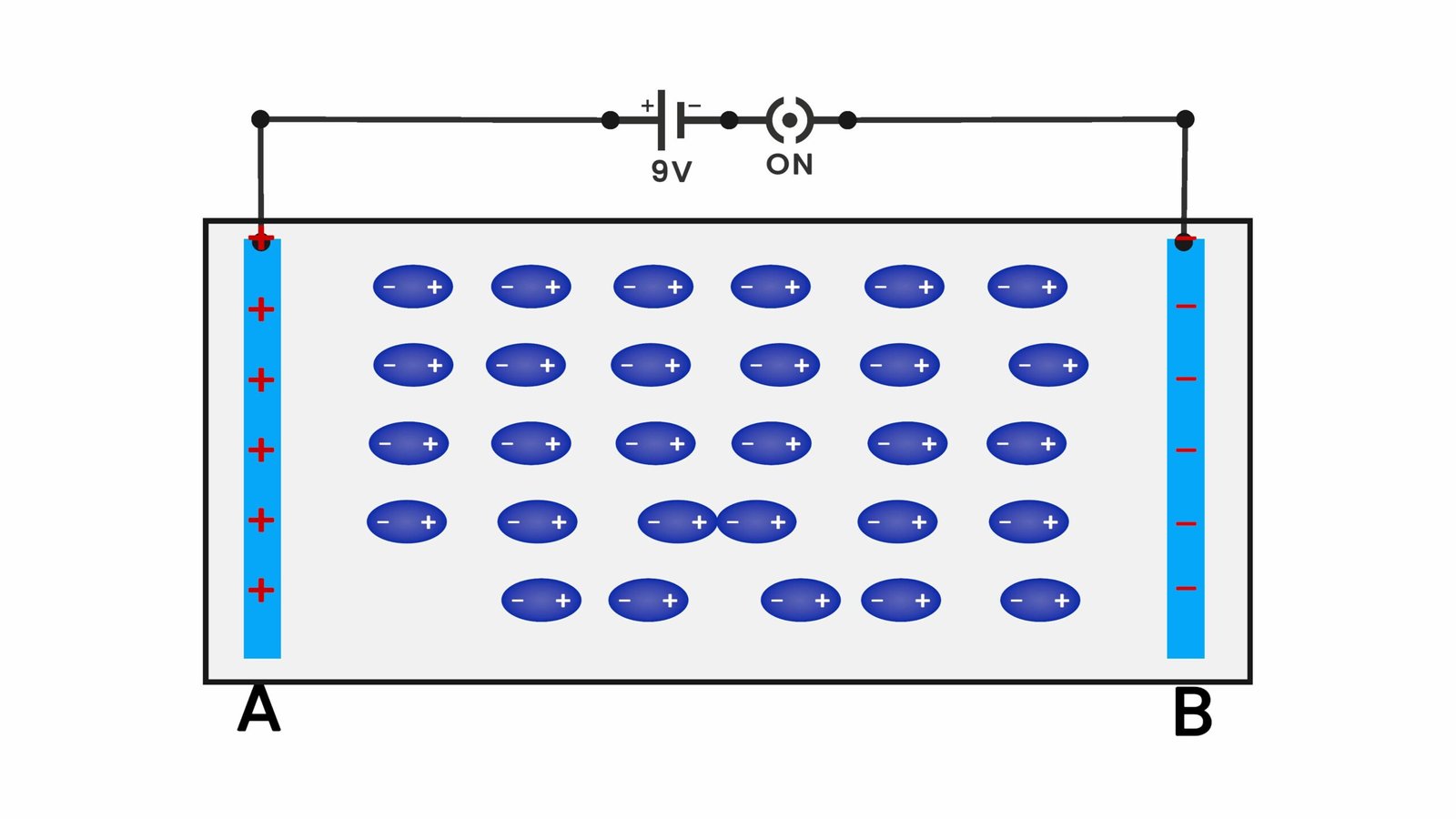Balanced and Unbalanced Forces: Understanding the Basics
A force is a push or pull that acts upon an object. It can cause an object to start moving, stop, or change direction. Forces can act individually or together. When multiple forces act on an object, they are either balanced or unbalanced.
Concept for Class 9 Science
Balanced Forces
Balanced forces occur when two or more forces acting on an object cancel each other out. The net force is zero, meaning there is no change in the object’s motion. If it was at rest, it remains at rest. If it was moving, it keeps moving at the same speed and direction.
Example: If two students push a table from opposite sides using equal strength, the table does not move. This is because both forces cancel each other.
Unbalanced Forces
Unbalanced forces occur when one force is stronger than the others. This results in a net force that is not zero, causing the object to accelerate in the direction of the stronger force.
Example: If one person pushes a box harder than another person pushing in the opposite direction, the box will move in the direction of the stronger force.
Real-Life Uses
- A car moves forward when the engine applies an unbalanced force.
- A person walking is pushed forward by frictional unbalanced force between the foot and ground.
- A hanging object like a lamp stays in place due to balanced forces — gravity pulling it down and the string pulling it up.
Summary Table
| Condition | Effect |
|---|---|
| F_A = F_B | No change in motion |
| F_A > F_B | Moves in the direction of F_A |
| F_A < F_B | Moves in the direction of F_B |
How Dencity Helps Understand Forces
The Dencity virtual lab allows students to explore the Balanced and Unbalanced Forces experiment using real-time simulations. You can adjust the values of forces and observe whether the object remains stationary or starts to move. This makes it easier to understand the concept of net force and the resulting motion.
This topic is part of the Class 9 Science curriculum and is available in the Dencity app on Android, iOS, and desktop platforms.
With interactive learning, safe experimentation, and instant feedback, students can try out endless combinations and truly grasp how forces affect motion.
Dencity for Teachers
Dencity offers a powerful suite for interactive teaching:
- Teachers can set up live experiments during class or assign them as homework.
- Use drawing tools to explain net force diagrams.
- Get automated reports on each student’s understanding and performance.
- Customize the classroom with real-time student participation and control-sharing features.
Optimized for Interactive Touch Panels
Whether you’re in a smart classroom or a digital lab, Dencity’s user interface works smoothly on interactive touch panels. Students can drag, push, and set forces using touch, making science feel like hands-on exploration.
Contact Us for Custom Pricing or Demo
Want to bring Dencity into your school? Get in touch today for a personalized demo and custom pricing tailored for your institution’s needs.
Frequently Asked Questions
- What are balanced forces?
Forces that cancel each other out and cause no motion. - What are unbalanced forces?
Forces that don’t cancel each other, causing acceleration or movement. - Does balanced force mean zero movement?
Yes, if an object is at rest, it stays still; if moving, it continues steadily. - What happens when forces are unbalanced?
The object moves in the direction of the stronger force. - Is friction a balanced or unbalanced force?
It can be both—depends on other forces acting on the object. - How can I experiment with forces in Dencity?
Use sliders to change force values and observe how the object reacts. - Is this part of Class 9 Science?
Yes, this topic is a key part of Class 9 curriculum. - Can I use Dencity for my science homework?
Absolutely. Your teacher can assign tasks directly in the app. - Does Dencity explain the results too?
Yes, all outcomes are explained with real-time calculations. - How do schools subscribe to Dencity?
Contact us for a customized demo and pricing package.







